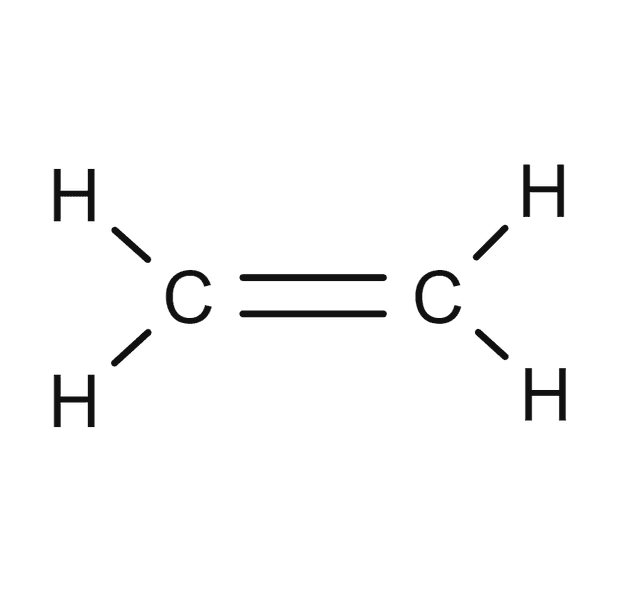Myths about teaching can hold you back
- Year 10
- OCR
- Higher
Properties of covalent substances
I can describe some different structures that non-metal atoms can form using covalent bonding and describe the properties of covalent compounds.
- Year 10
- OCR
- Higher
Properties of covalent substances
I can describe some different structures that non-metal atoms can form using covalent bonding and describe the properties of covalent compounds.
These resources were made for remote use during the pandemic, not classroom teaching.
Switch to our new teaching resources now - designed by teachers and leading subject experts, and tested in classrooms.
Lesson details
Key learning points
- Typical atomic radii, and bond length, are in the order of 10⁻¹⁰m.
- Non-metal elements and non-metal compounds form covalent structures.
- Simple covalent substances have no free moving charge carriers so cannot conduct electricity (some giant covalent can).
- Small molecules are usually gases or liquids with relatively low melting and boiling points.
- Giant covalent structures have high melting/boiling points because strong covalent bonds need to be broken.
Keywords
Molecule - a particle consisting of a fixed number of (two or more) non-metal atoms covalently bonded together
Covalent bond - the strong electrostatic force of attraction between a shared pair of electrons and the nuclei of bonded atoms
Intermolecular forces - the weak forces of attraction between molecules and molecular substances
Giant covalent structure - a substance that has a large regular arrangement of atoms all joined together by covalent bonds
Polymer - a long chain molecule formed by joining small molecules (monomers) together by covalent bonds
Common misconception
Pupils often think that covalent bonds are broken when any covalent structure undergoes a change of state; not just those in giant covalent structures.
Use physical models to show the difference between a simple covalent structure and a giant covalent structure. Explain that it is the weak intermolecular forces that are overcome when a simple covalent molecule changes state.
To help you plan your year 10 combined science lesson on: Properties of covalent substances, download all teaching resources for free and adapt to suit your pupils' needs...
To help you plan your year 10 combined science lesson on: Properties of covalent substances, download all teaching resources for free and adapt to suit your pupils' needs.
The starter quiz will activate and check your pupils' prior knowledge, with versions available both with and without answers in PDF format.
We use learning cycles to break down learning into key concepts or ideas linked to the learning outcome. Each learning cycle features explanations with checks for understanding and practice tasks with feedback. All of this is found in our slide decks, ready for you to download and edit. The practice tasks are also available as printable worksheets and some lessons have additional materials with extra material you might need for teaching the lesson.
The assessment exit quiz will test your pupils' understanding of the key learning points.
Our video is a tool for planning, showing how other teachers might teach the lesson, offering helpful tips, modelled explanations and inspiration for your own delivery in the classroom. Plus, you can set it as homework or revision for pupils and keep their learning on track by sharing an online pupil version of this lesson.
Explore more key stage 4 combined science lessons from the Structure and bonding unit, dive into the full secondary combined science curriculum, or learn more about lesson planning.

Equipment
None required.
Licence
Prior knowledge starter quiz
6 Questions
Q1.What type of bond typically forms between two non-metal atoms?
Q2.How many pairs of electrons are shared between two carbon atoms in ethene (shown in the diagram)?



